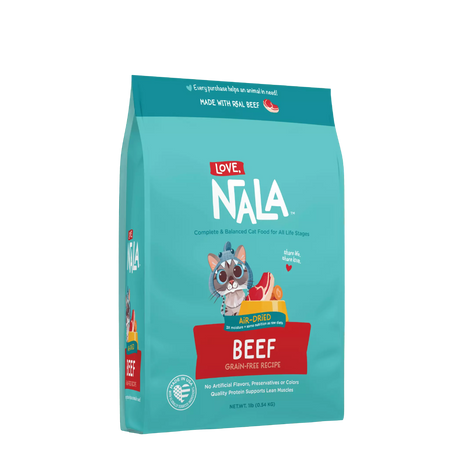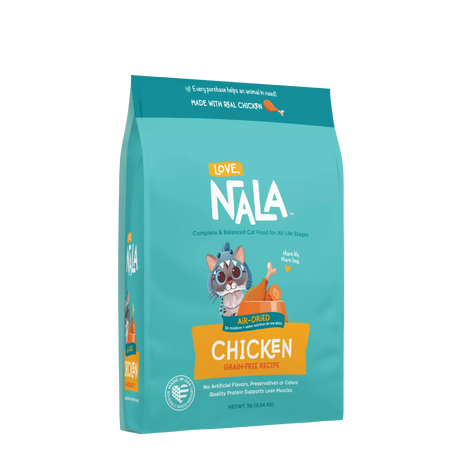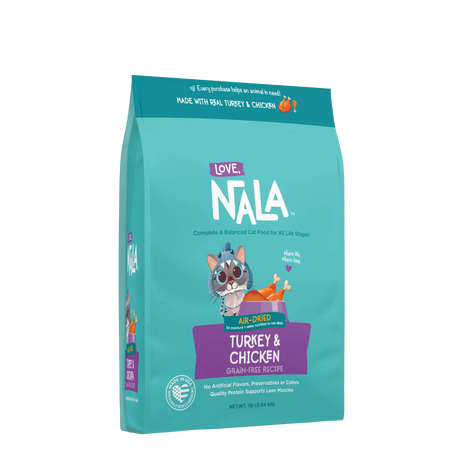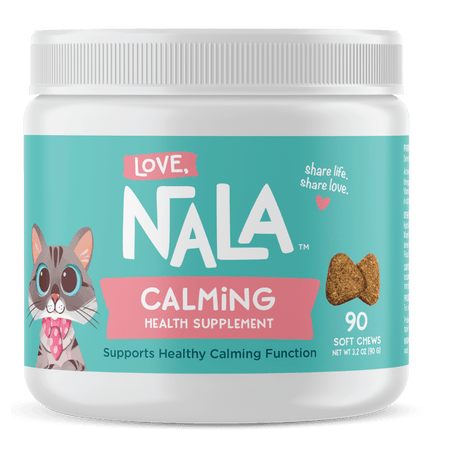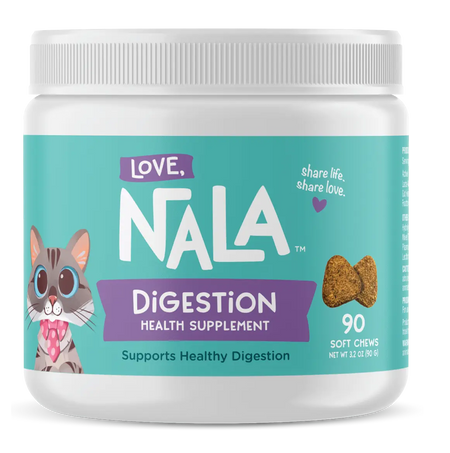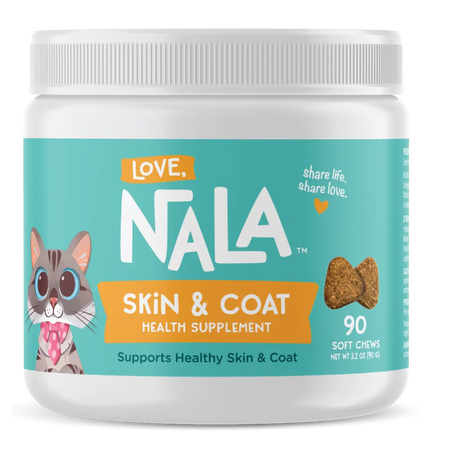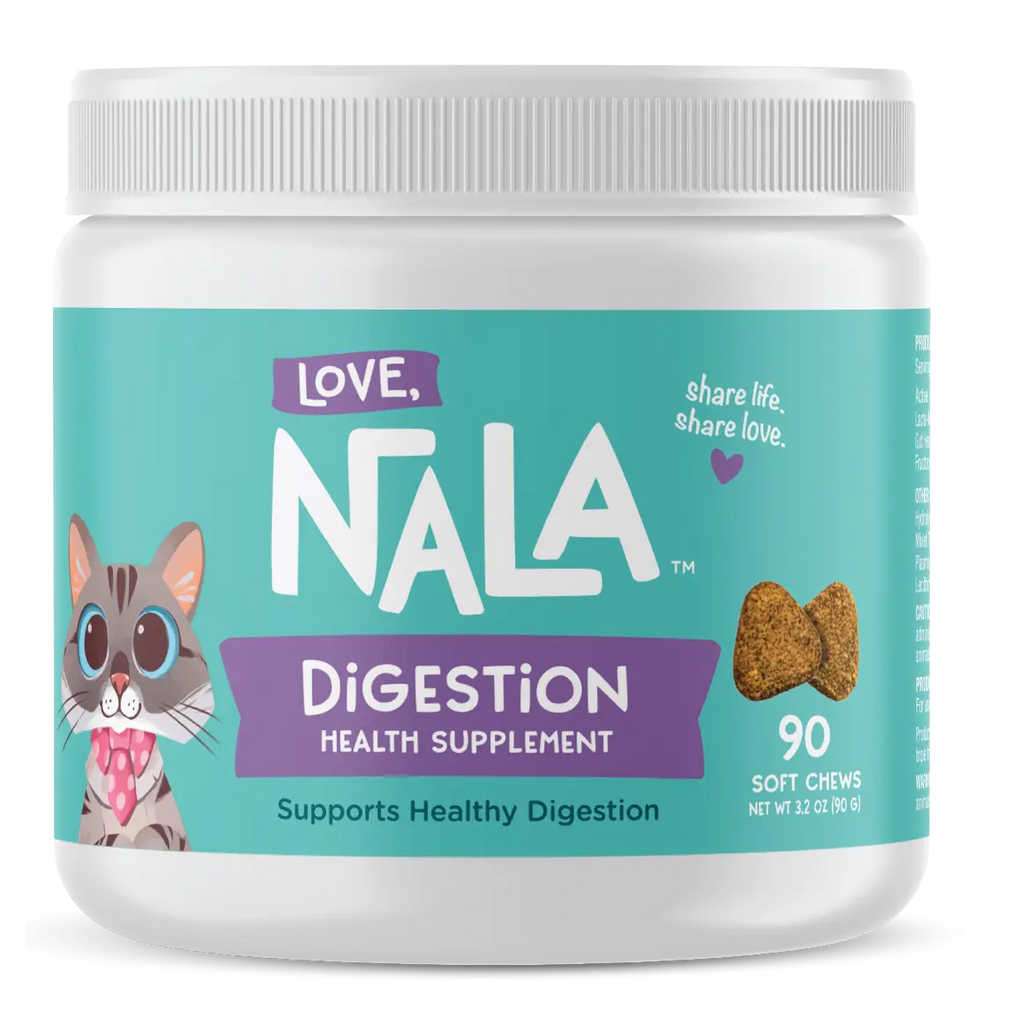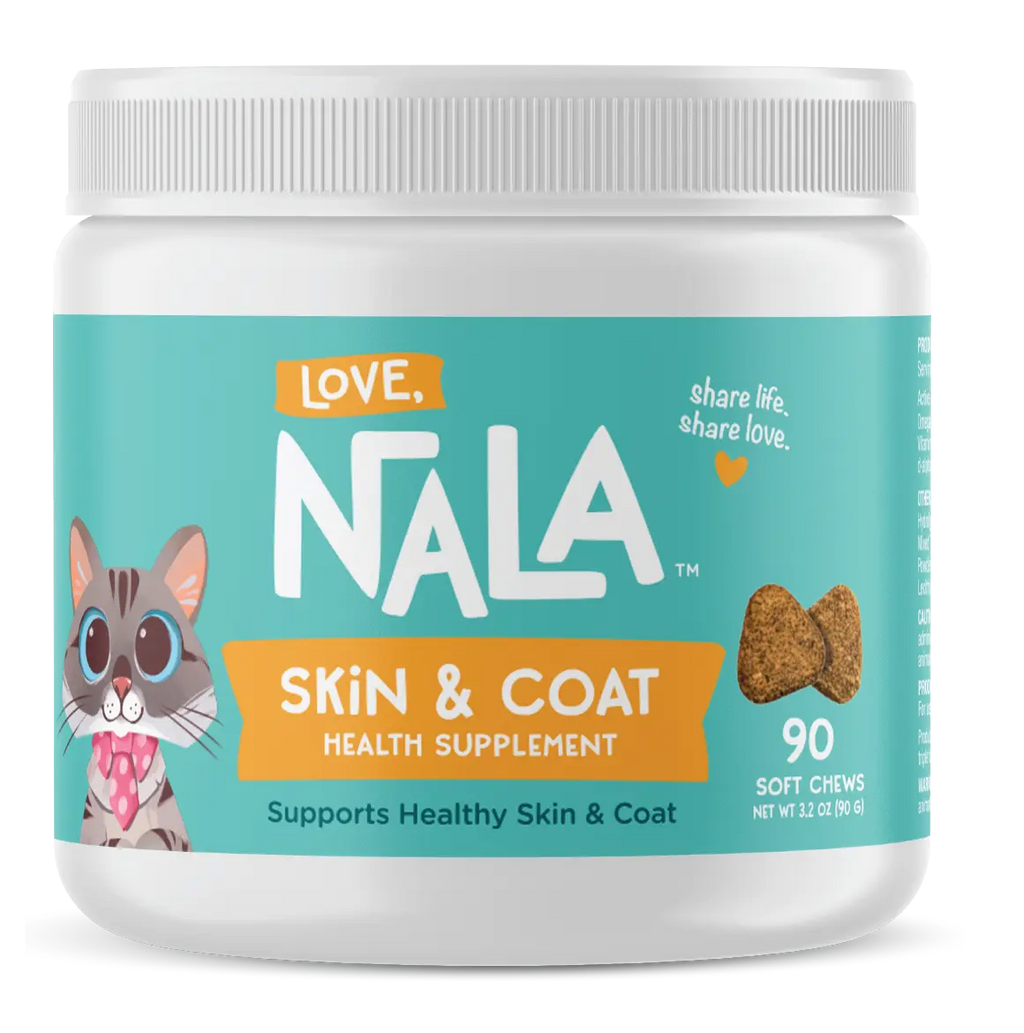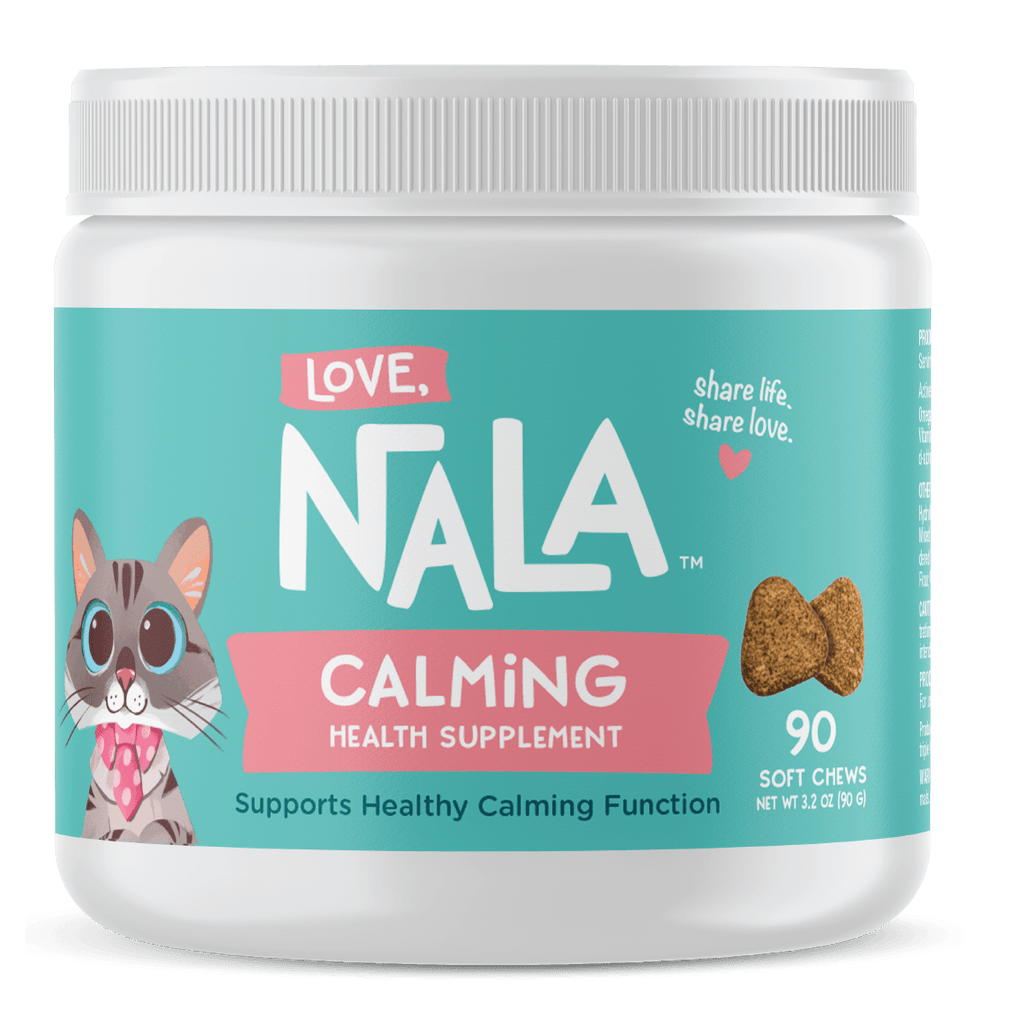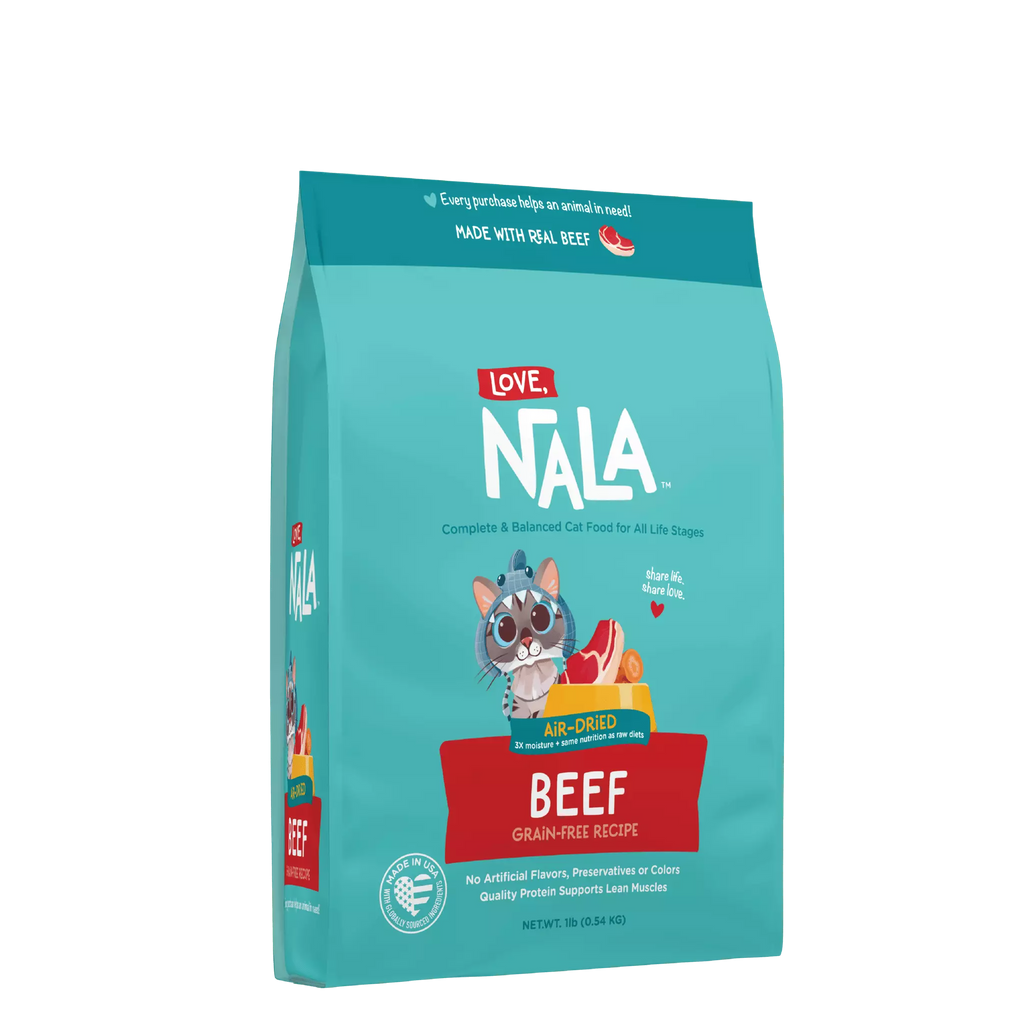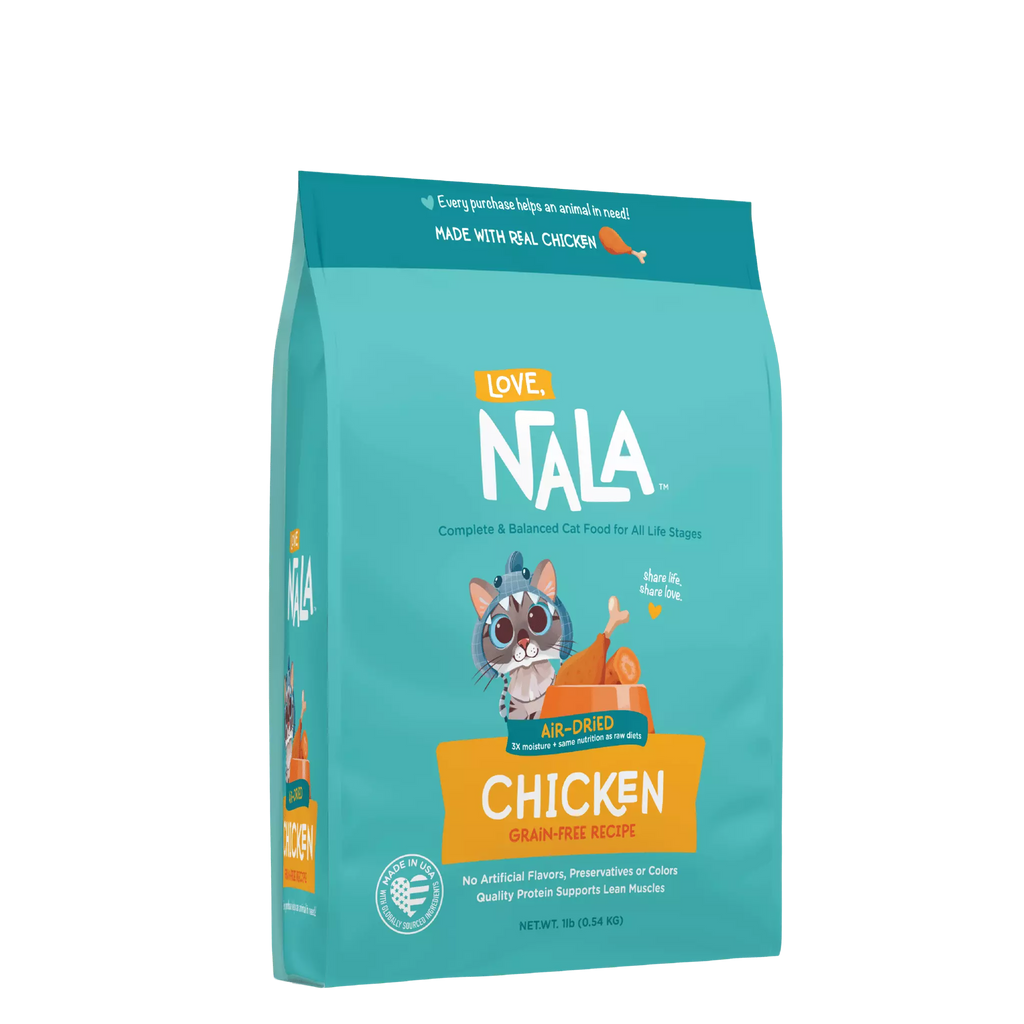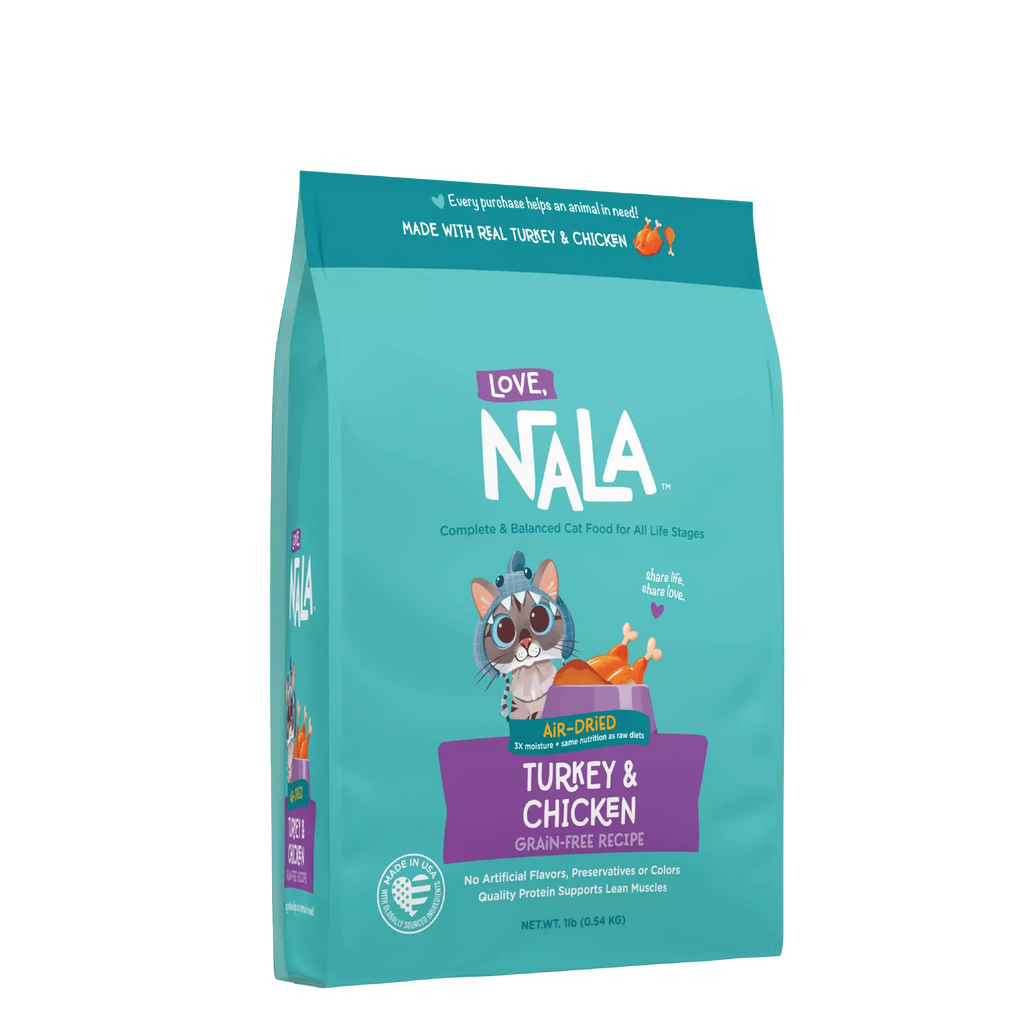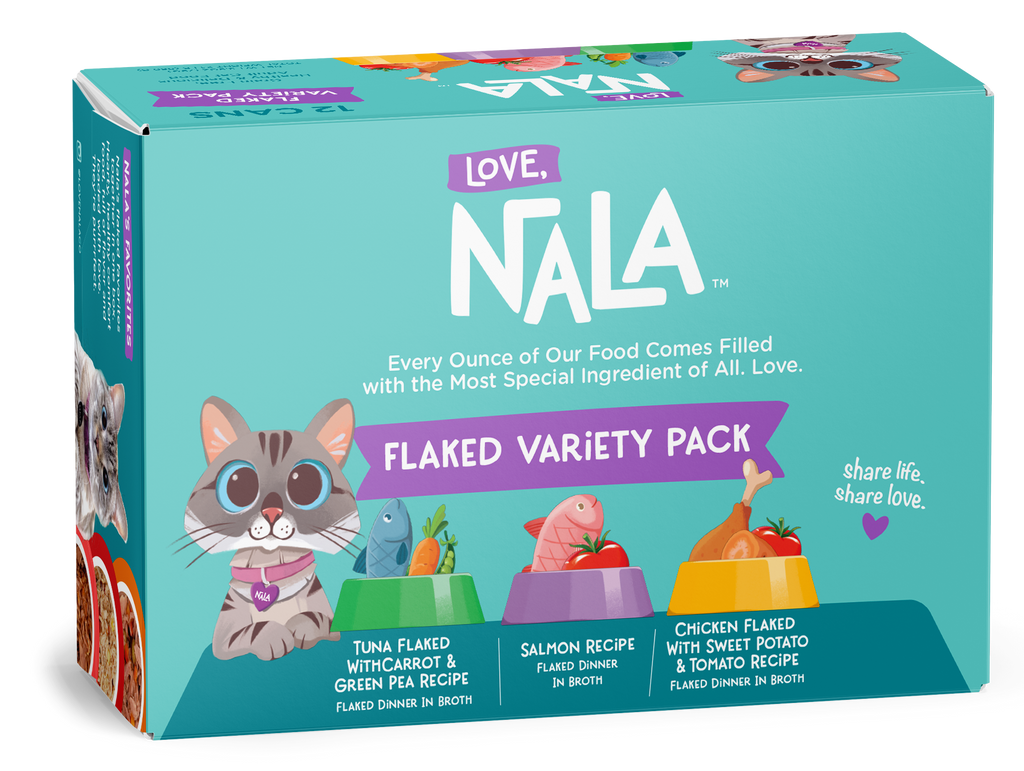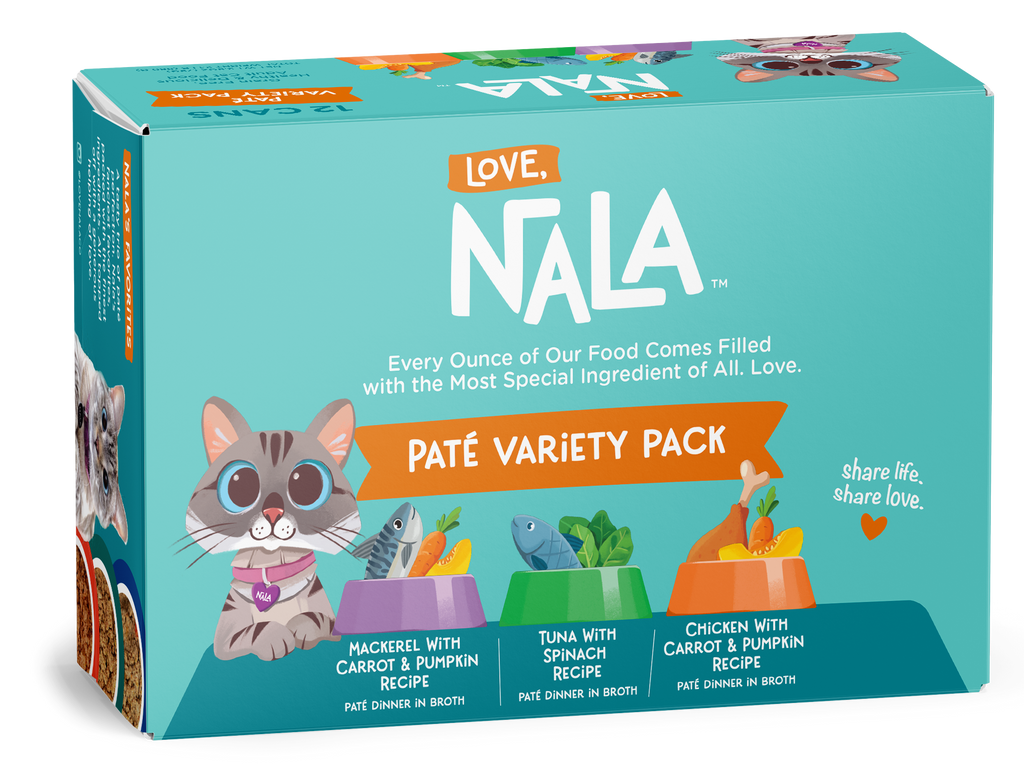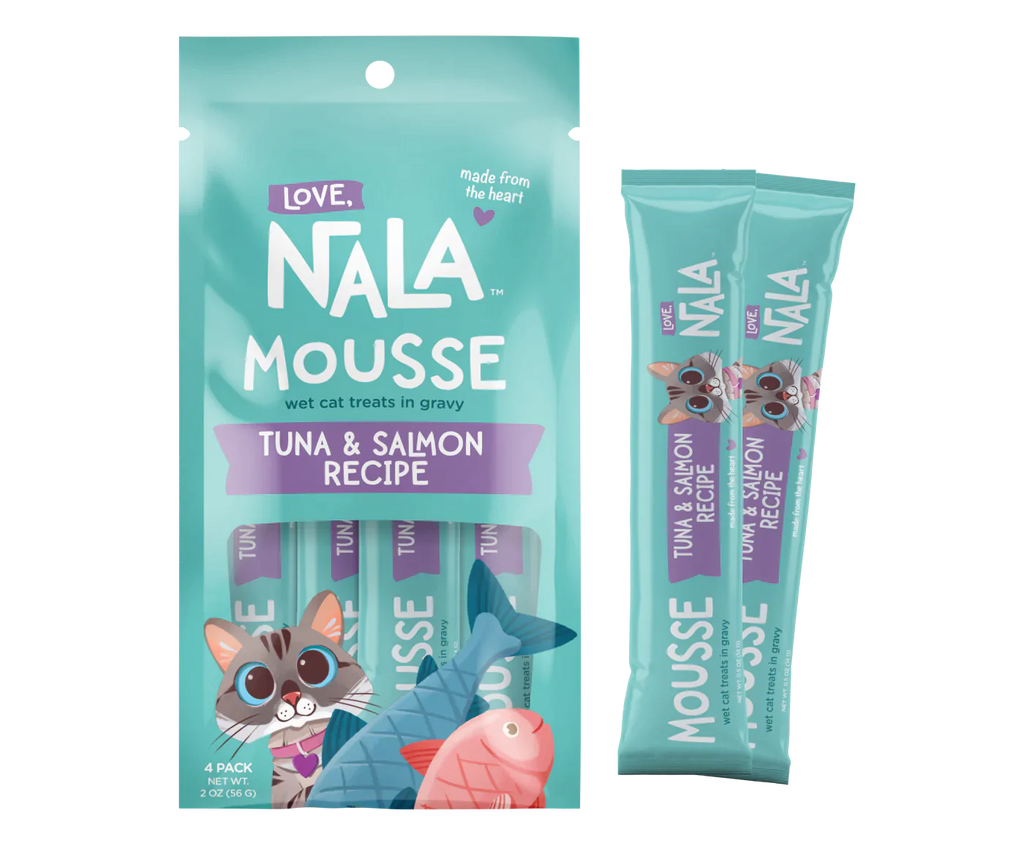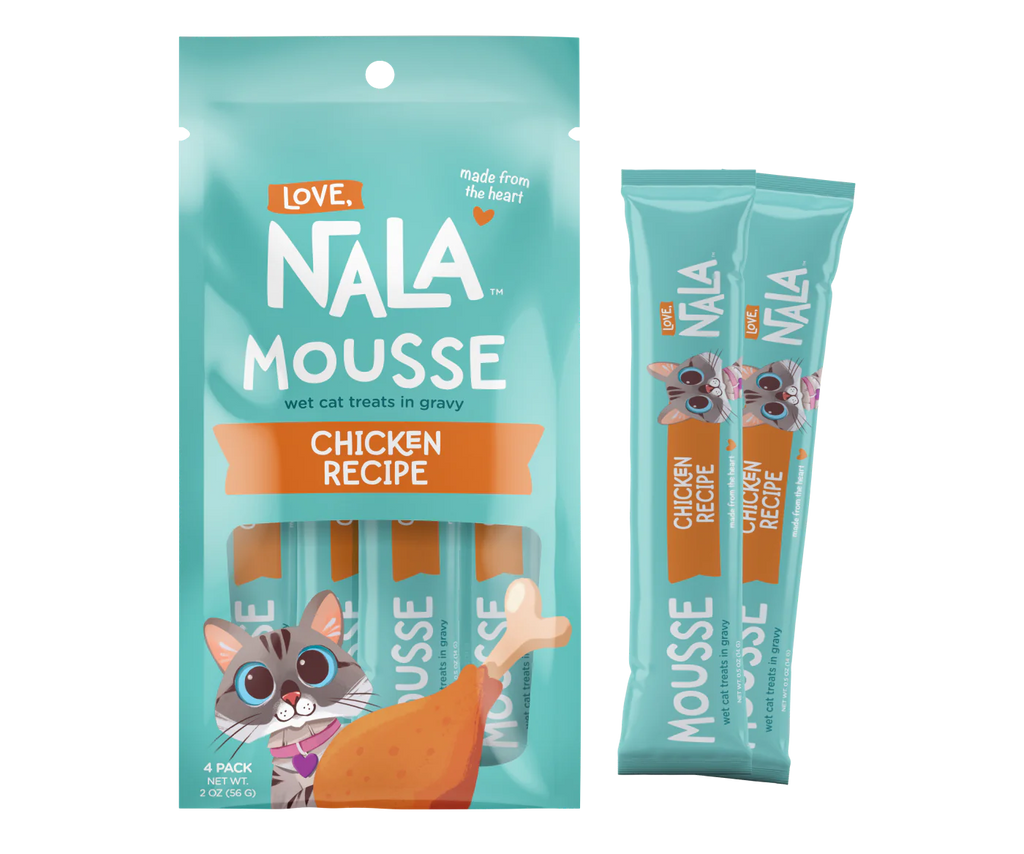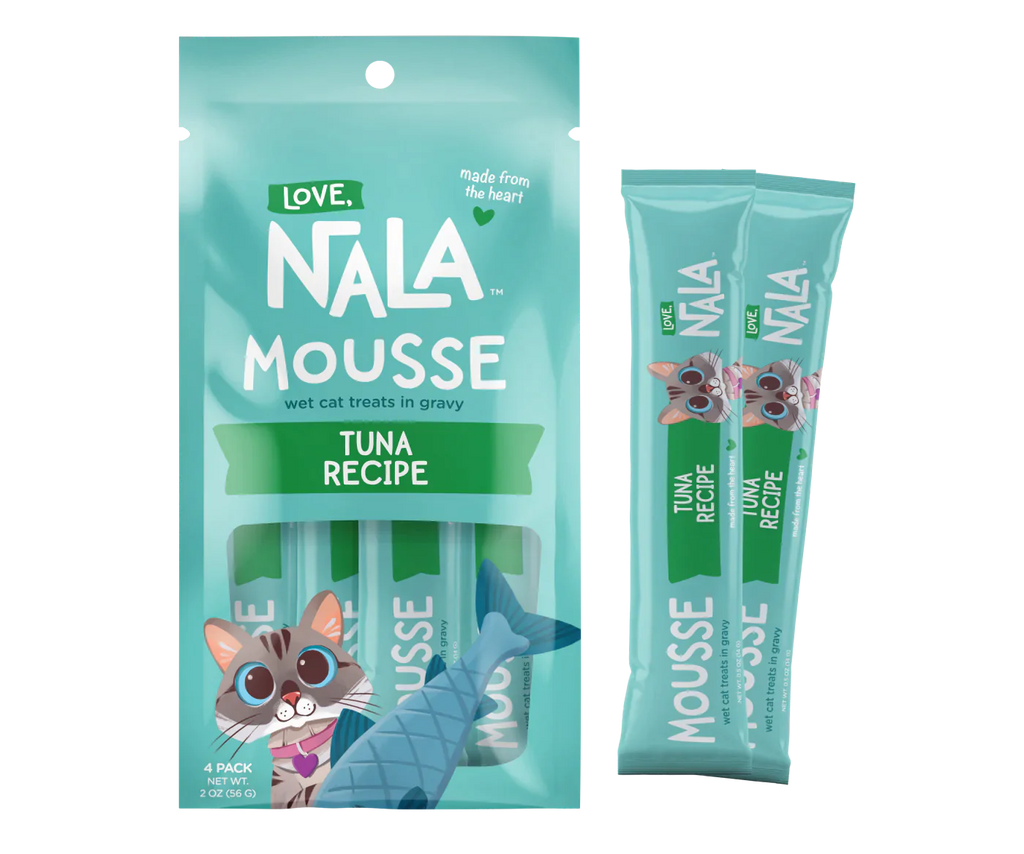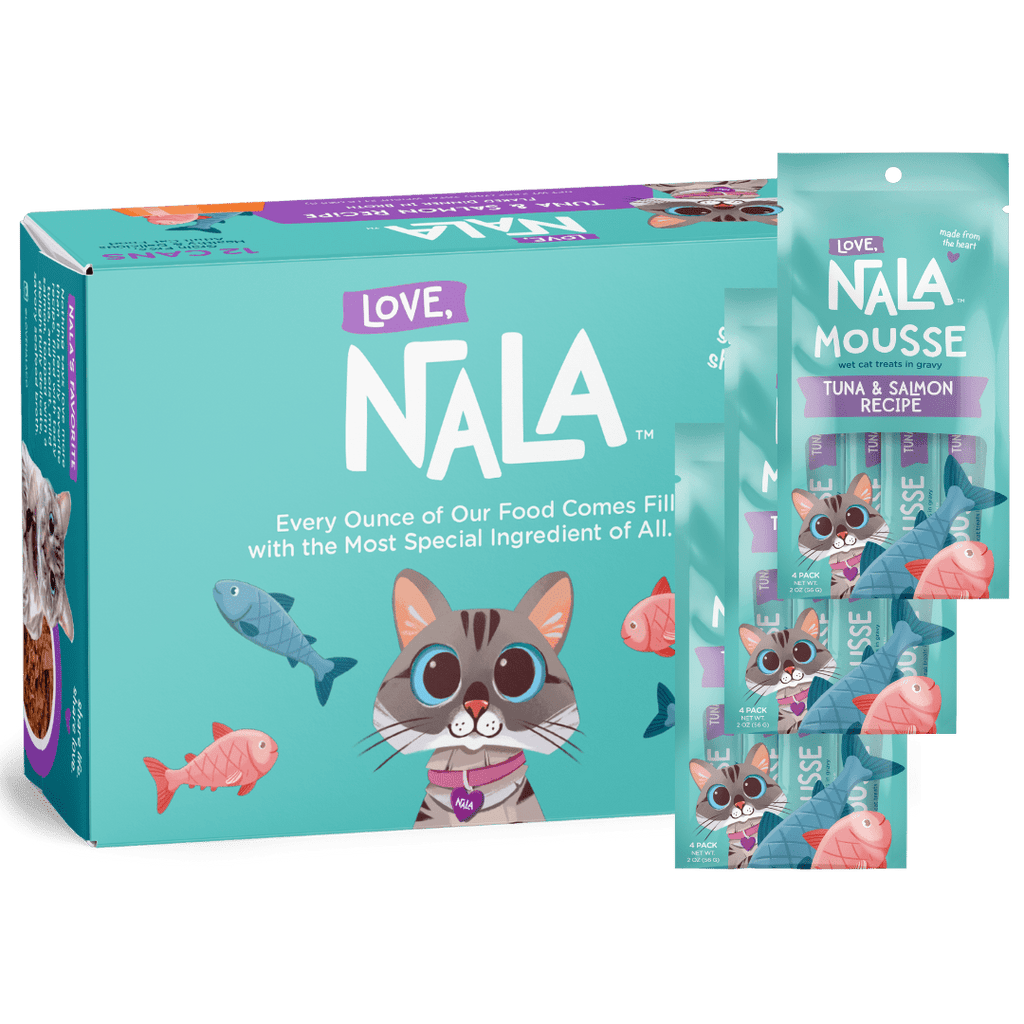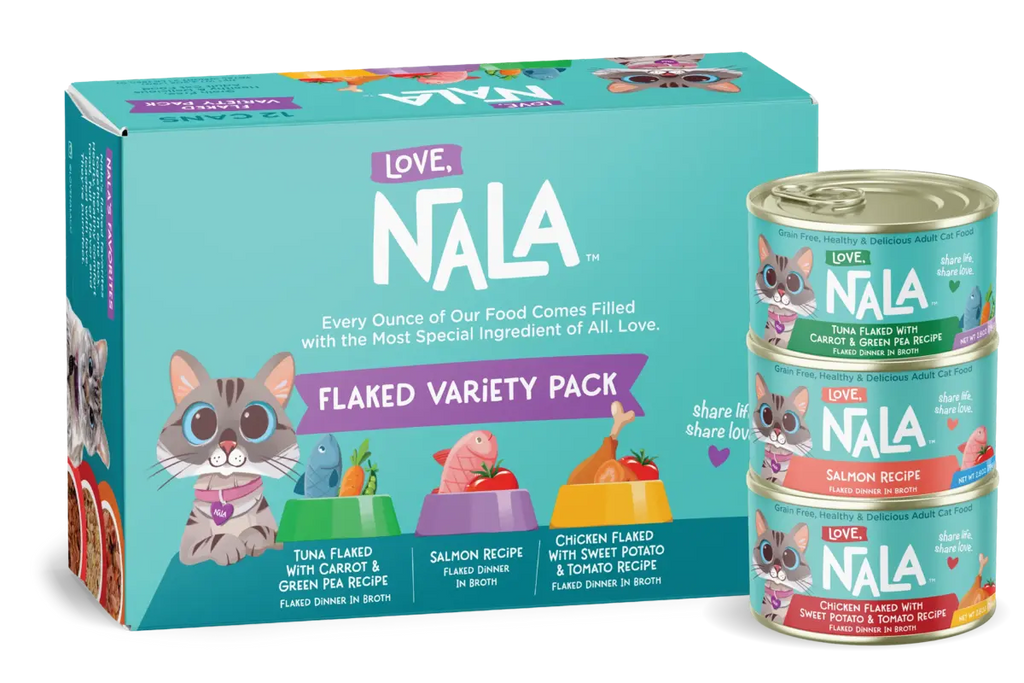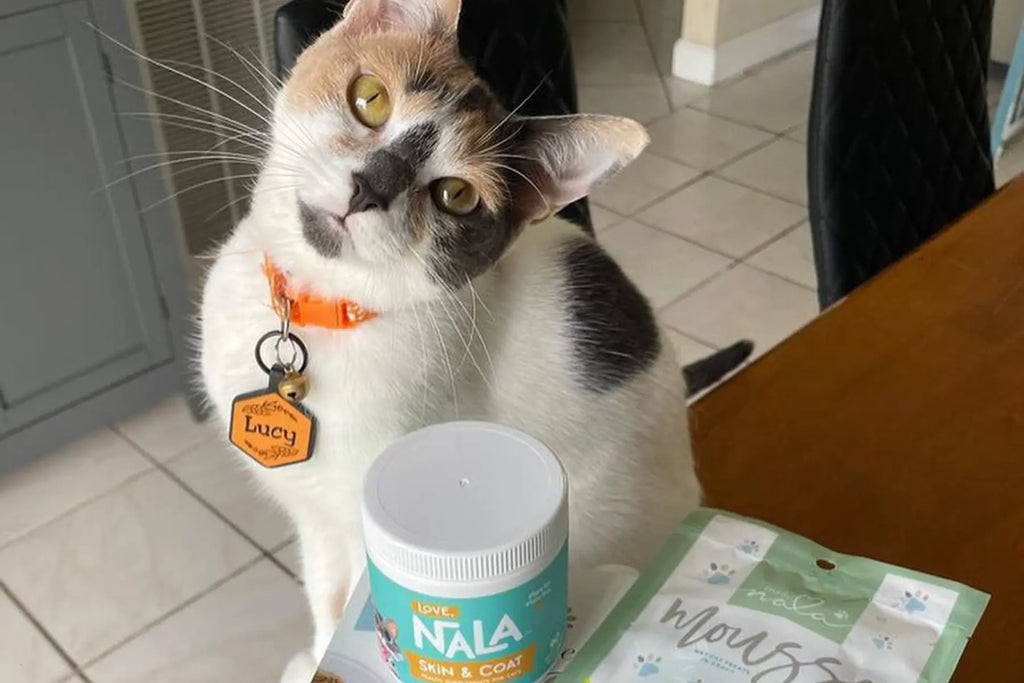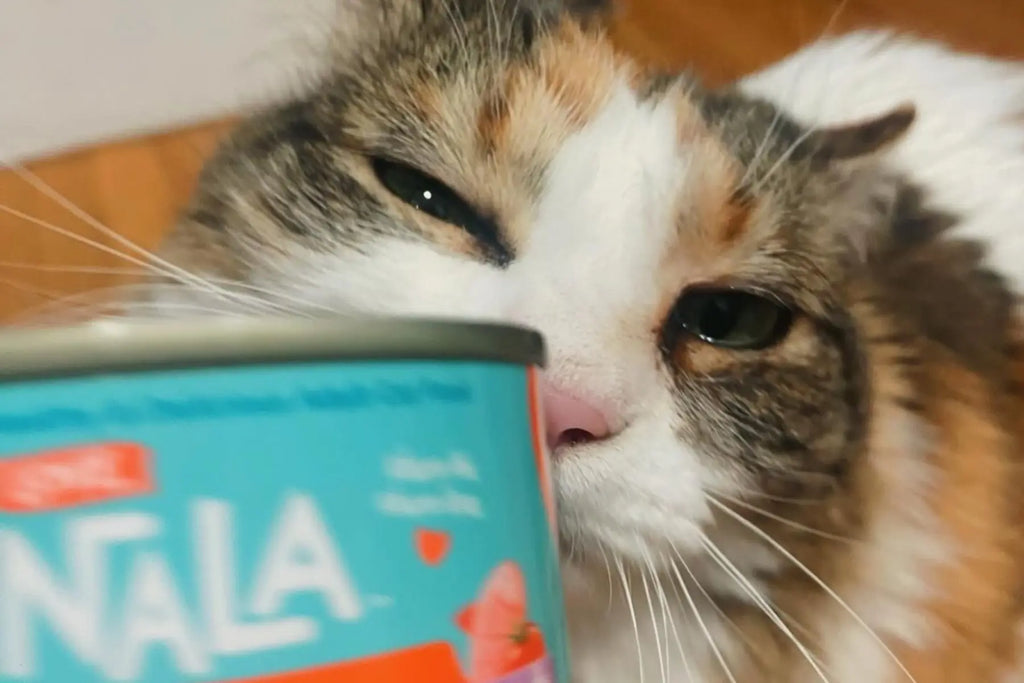Cats are carnivorous animals, and as such, they require a diet rich in protein to maintain optimal health. While many pet owners turn to commercial cat food, some have started to consider feeding their cats a raw food diet. Raw food diets for cats consist of uncooked meat, organs, and bones that aim to replicate the diet of a wild cat.
Raw cat foods are typically more expensive than dry and canned cat food. They also require more preparation and careful handling due to the risks of bacteria from raw meat. However, some argue that a raw diet is more natural for cats, as it closely resembles what their wild ancestors would have eaten. Proponents of this diet argue that it can lead to healthier skin, coats, teeth, and digestion.
Wet cat food and dry cat food are still the most popular options for pet owners, but some cats may benefit from this diet. Those who are interested should speak with their veterinarian to see if it is a viable option for their cat and ensure that they are carefully following all safety guidelines when preparing and handling it. In this blog post, we will explore the benefits and risks of feeding your cat a raw food diet, the essential nutrients they require, safe food handling practices, and expert advice to help you make an informed decision about your feline friend's nutrition.

Benefits of Raw Food Diets for Cats
Improved Coat and Skin Health
Raw diets for cats can substantially enhance their coat and skin health. This diet typically includes a high concentration of proteins, essential fatty acids, and a range of vitamins and minerals which are pivotal for maintaining the skin’s integrity and the coat's luster. Such nutrients are crucial as they play roles in cellular repair and provide the oils necessary for a healthy, glossy coat. Moreover, raw diets reduce the intake of processed foods, which can contain allergens or substances that may cause skin irritations and dandruff. Cat owners often report a noticeable improvement in the softness and shine of their cat’s fur, along with less shedding and fewer skin problems. These changes not only contribute to a visually healthier and more attractive coat but also signify an improvement in the overall health of the cat.
Better Digestion
The benefits of a raw food diet for cats extend significantly to improving their digestion. Cats are obligate carnivores, which means their digestive systems are inherently designed to process animal flesh and organs. Unlike commercial cat foods that often contain a high proportion of plant-based ingredients, healthy cat foods provide the natural meat and organ content that the cat's digestive systems are optimized for. This results in more efficient digestion and absorption of nutrients. A diet that mimics what cats eat in the wild often leads to fewer digestive ailments, such as vomiting, diarrhea, and bloating. Owners might notice their cats having smaller, less odorous stools due to better nutrient absorption. This not only makes the raw diet more comfortable for the cat but also eases maintenance for owners, promoting a healthier living environment.
Reduced Risk of Certain Illnesses
Adopting a raw food diet for your cat can play a crucial role in mitigating the risk of several health issues, including urinary tract infections and obesity. A typical raw diet is rich in proteins and low in carbohydrates, closely aligning with a cat's natural dietary needs. This balance helps maintain optimal body weight, reducing the strain on various bodily systems such as the joints and the cardiovascular system, and decreases the risk of obesity-related diseases.
The moisture content in raw foods is significantly higher than in most dry cat foods, supporting better hydration and kidney function. Adequate hydration is essential for preventing urinary tract infections, as it helps to regularly flush the system, keeping the urinary tract clear of blockages and reducing the likelihood of infection. This diet not only supports a healthier lifestyle but also potentially prolongs the life span of your cat by preventing common health issues.
Safe Food Handling Practices
Freeze Until Use
When managing a raw food diet for your cat, it is crucial to store the food properly to maintain its safety and nutritional integrity. Freezing raw cat food is an effective method to inhibit bacterial growth without compromising the food’s nutritional value. It's essential to use airtight containers or freezer-safe bags to store the raw food; this helps prevent freezer burn and preserves the freshness of the food until it is ready to be used. This method of storage not only ensures that the food remains safe for your cat's consumption but also retains its flavor and texture, which can be crucial for fussy eaters. Proper storage techniques are a fundamental aspect of handling raw diets and can significantly impact the overall health benefits such diets offer to your cat.

Thaw in the Refrigerator
Thawing raw cat food correctly is essential not only to preserve its nutritional integrity but also to ensure it is safe for your cat to consume. The process must be managed carefully to avoid the growth of harmful bacteria which can lead to foodborne illnesses:
- Transfer from Freezer to Fridge: Always move the raw cat food from the freezer directly to the refrigerator, not to the countertop. Keeping the food at a low, consistent temperature during thawing helps maintain its freshness and safety, reducing the likelihood of bacterial contamination that could occur at warmer temperatures.
- Prevent Bacterial Growth: By thawing the food in the refrigerator, you significantly lower the risk of harmful bacteria such as Salmonella and E. coli developing. These bacteria thrive at room temperature, so keeping the food chilled during thawing is crucial for safety.
- Allow Sufficient Time: It’s important to plan and allow enough time for the raw cat food to thaw completely in the refrigerator. Typically, this process can take several hours depending on the size of the portion. Rushing this step by using methods like microwaving or running hot water over the food can alter its texture and potentially introduce bacteria.
By following these steps, you ensure that the raw cat food retains its quality and nutritional content while minimizing any health risks. Proper thawing is a straightforward yet critical aspect of feeding your cat a raw diet, contributing to their overall health and well-being.
Use Separate Tools
To prevent cross-contamination between raw cat food and human food, it is essential to use separate tools and equipment for preparing your cat’s meals. Designate specific cutting boards, knives, and other utensils strictly for handling raw pet food. This separation helps avoid the unintentional transfer of bacteria from raw pet food to surfaces or foods intended for human consumption. Maintaining distinct tools for pet food preparation not only minimizes the risk of foodborne illnesses but also contributes to a safer kitchen environment. By clearly separating these items, you ensure that both your family’s and your pet’s health are protected.
Wash Hands Thoroughly
Proper hygiene is crucial when handling raw cat food to prevent the spread of bacteria. Thoroughly washing your hands with soap and water immediately after preparing raw meals removes any potential contaminants acquired during food handling. This practice is essential not only for your safety but also for the health of others in the household, as it significantly reduces the risk of cross-contamination with other surfaces or foods. Regular handwashing is a simple yet highly effective way to provide an added layer of protection against bacterial infections and maintain a healthy environment for both you and your pet.
Clean and Disinfect Surfaces
It is essential to clean and disinfect all kitchen surfaces that have come into contact with raw food. Using a high-quality disinfectant or a bleach solution ensures that any lingering bacteria are effectively killed, preventing their spread to other areas of the kitchen or other food items. This cleaning practice not only promotes a safer cooking environment but also helps in maintaining the overall hygiene of your food preparation areas. By thoroughly cleaning and disinfecting surfaces after each use, you help protect your household from potential bacterial infections and contribute to a healthier living space.
Expert Advice on Raw Foods for Cats
Consulting with a Veterinarian Before Starting a Raw Food Diet
Before transitioning your cat to a raw food diet, it's imperative to consult with a veterinarian. They provide tailored advice and ongoing support. Here are explanations of the benefits:
- Tailored Diet Plans: Veterinarians have the expertise to customize raw food diets to suit your cat's specific requirements. They consider factors like age, weight, activity level, and existing health conditions. This personalized approach ensures that your cat receives the optimal balance of nutrients necessary for good health, growth, and energy levels. A well-adjusted diet helps prevent issues related to malnutrition or overfeeding, which are common pitfalls in unsupervised dietary changes.
- Nutritional Balance: A vet's guidance in setting up a diet with the right mix of proteins, fats, and essential nutrients is crucial for maintaining your cat's health. Cats require a delicate balance of nutrients that can differ significantly from those needed by humans or other pets. They ensure that the diet meets all the nutritional standards, including the correct ratios of calcium to phosphorus and the inclusion of vital vitamins and amino acids that cats cannot produce themselves.
- Supplement Recommendations: Raw diets might not provide all the necessary nutrients in the right amounts. Veterinarians can recommend supplements to fill any nutritional gaps. These might include taurine, which is essential for heart health and vision, vitamins B and D, or omega fatty acids. The proper use of supplements ensures that your cat remains healthy and does not suffer from deficiencies that could lead to serious health issues.
- Safety Guidance: Veterinarians provide crucial safety advice on how to handle raw foods to minimize the risk of bacterial contamination and other health hazards. They can offer practical tips on storage, preparation, and hygiene practices that are critical in preventing foodborne illnesses, not just in cats but also in human members of the household.
Vets can perform blood tests, check for parasites, and assess organ function during these exams, which are crucial for detecting conditions that may not be immediately apparent through behavioral observation alone. By involving a veterinarian in the process of transitioning to a raw food diet, you can provide your cat with a nutritionally balanced diet that supports their health and well-being while also mitigating potential risks associated with raw feeding.

Monitoring Your Cat's Health
During these visits, a veterinarian can detect early signs of nutritional deficiencies or other health issues, which can often be subtle and difficult to recognize. Owners should monitor their cat's behavior, appetite, weight, and energy levels diligently. Subtle changes, such as a reduction in playfulness or a sudden disinterest in food, could signal health problems such as dental disease or metabolic disorders. Weight fluctuations are particularly noteworthy; unexpected weight loss may indicate malnutrition or a parasitic infection, while weight gain could suggest overfeeding or less commonly, conditions such as hypothyroidism.
While raw food diets for cats may offer numerous benefits, they may not be suitable for every cat. It is important to carefully consider the potential risks and benefits of this type of diet before making any changes to your cat's food. With proper research, supplementation, and monitoring, it can be a healthy and nutritious option for your feline friend. Ultimately, the best cat food is one that provides all of the essential nutrients your cat needs to stay healthy and happy.
